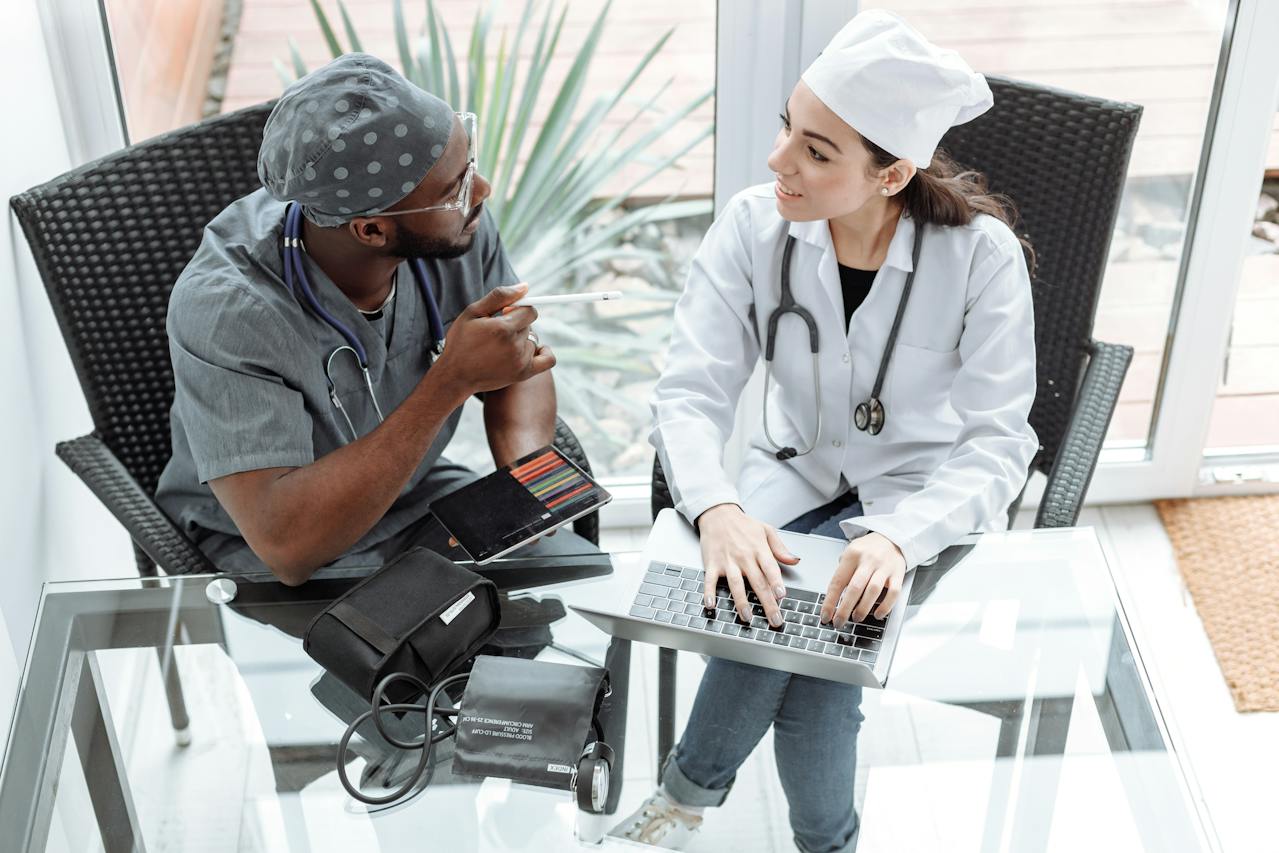Healthcare organizations increasingly rely on custom mobile applications to streamline patient care and data management. However, developing these apps requires strict adherence to regulations like HIPAA (Health Insurance Portability and Accountability Act) to ensure the security and privacy of patient information. A well-designed custom mobile application can meet compliance requirements while delivering exceptional user experiences.

Why HIPAA Compliance Matters in Healthcare Apps
HIPAA establishes clear guidelines for safeguarding sensitive patient data, making it an essential consideration for healthcare app development. Compliance ensures that mobile applications handle personal health information (PHI) responsibly and securely, reducing risks for both patients and healthcare providers. Moreover, a HIPAA-compliant app demonstrates a commitment to privacy and professionalism, which is crucial in building long-term trust within the healthcare industry.
Safeguarding Patient Privacy
Healthcare applications often process and store highly sensitive data, such as medical histories, test results, and insurance information. Any unauthorized access to this information can have severe consequences for patients, ranging from identity theft to breaches of confidentiality. To ensure compliance with HIPAA, developers implement robust encryption protocols, secure communication channels, and restricted access controls. These measures guarantee that PHI remains private, protecting patients’ dignity and fostering trust between users and healthcare organizations.
Avoiding Legal and Financial Consequences
Non-compliance with HIPAA can result in penalties that range from thousands to millions of dollars, depending on the severity of the violation. Beyond fines, healthcare providers risk losing patient trust and damaging their reputation. For app developers, non-compliance can mean the loss of partnerships with healthcare organizations. By adhering to HIPAA regulations, businesses safeguard their financial interests and avoid lengthy legal disputes. Furthermore, compliance reduces operational risks, enabling organizations to focus on their core mission—delivering high-quality care.
Key Features of HIPAA-Compliant Apps
Building a HIPAA-compliant healthcare app involves integrating specific features that ensure the secure handling of sensitive patient information. These features not only protect data but also enhance the overall reliability and trustworthiness of the application.
Secure Data Storage and Encryption
Data security lies at the heart of HIPAA compliance. Patient information must be encrypted both at rest (when stored) and in transit (during transmission across networks). Advanced encryption algorithms, such as AES-256, provide an additional layer of protection against unauthorized access. Secure cloud storage solutions with end-to-end encryption are commonly used in healthcare apps to maintain data confidentiality. Regular vulnerability assessments and penetration testing further enhance security, ensuring that patient information is shielded from potential breaches.
Role-Based Access Control (RBAC)
Role-based access control (RBAC) ensures that only authorized individuals can view or modify specific data within the application. For instance, a doctor may have full access to a patient’s medical history, while administrative staff may only access billing information. By defining roles and permissions, RBAC minimizes the chances of data misuse or accidental exposure. In addition, multi-factor authentication (MFA) adds another layer of security, requiring users to verify their identity through multiple steps, such as a password and a biometric scan.
Steps to Develop a HIPAA-Compliant Healthcare App
Developing a HIPAA-compliant healthcare app is a meticulous process that requires careful planning, thorough testing, and adherence to strict security standards. Each step of the development process should prioritize patient data security and compliance with regulatory requirements.
Conducting a Risk Assessment
A comprehensive risk assessment is the foundation of a HIPAA-compliant app. This process involves identifying potential vulnerabilities in the app’s infrastructure, such as weak encryption methods, unsecured APIs, or inadequate user authentication protocols. Developers must also consider the app’s data flow—how PHI is collected, processed, transmitted, and stored. Once risks are identified, mitigation strategies, such as enhanced security measures and regular audits, are implemented to ensure data safety. A thorough risk assessment helps to address potential issues before they impact app users.

Implementing Audit Trails
Audit trails are critical for maintaining transparency and accountability in healthcare apps. These logs record every instance of data access, modification, or transmission, detailing who performed the action, when it occurred, and what data was involved. By maintaining audit trails, healthcare providers can detect unauthorized activity, respond to potential breaches, and ensure compliance with HIPAA’s documentation requirements. Audit trails also serve as a valuable resource for internal reviews and legal investigations, should any data-related incidents arise.
Conclusion
Developing custom mobile apps for healthcare requires a strong focus on security, privacy, and compliance with regulations like HIPAA. By incorporating robust security measures and following best practices, healthcare organizations can build apps that not only protect sensitive information but also enhance patient care and engagement.